Animals don’t always get the credit they deserve. Sure, we like to think we’re the smartest species on the planet, but every now and then, animals step up and completely blow us out of the water. Whether it’s outsmarting humans in the wild or solving problems with instincts that seem borderline genius, these clever creatures know how to get things done.
1. When Dolphins Played Lifeguard
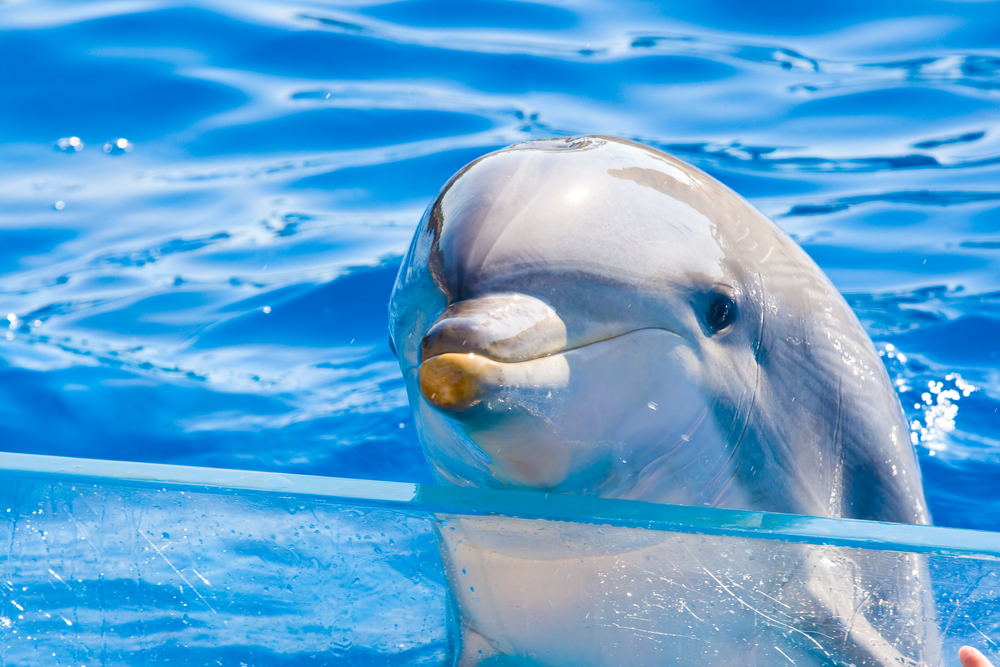
Imagine being at sea, struggling to stay afloat as the waves crash around you. This was the situation for a group of swimmers off the coast of New Zealand. Suddenly, a pod of dolphins appeared, circling the swimmers, keeping them together, and guiding them to safety. It turns out the dolphins were actually protecting the swimmers from a nearby shark. While we humans have lifeguards and rescue boats, dolphins use their natural intelligence and community spirit to save the day. It’s a reminder that sometimes the best guardians of the sea are already swimming in it. According to American Oceans, dolphins have been spotted protecting humans from sharks by circling them and forming a barrier against potential lurking threats.
We often underestimate the intelligence of animals in their natural habitats. Dolphins, with their complex social structures and ability to communicate, have been known to display behaviors that seem almost altruistic. By forming a protective barrier, these dolphins showcased not just intelligence but also empathy—a quality we often claim as uniquely human. Next time you’re at the beach, remember that nature’s lifeguards might just be a fin away.
2. Bees With A Buzz For Efficiency
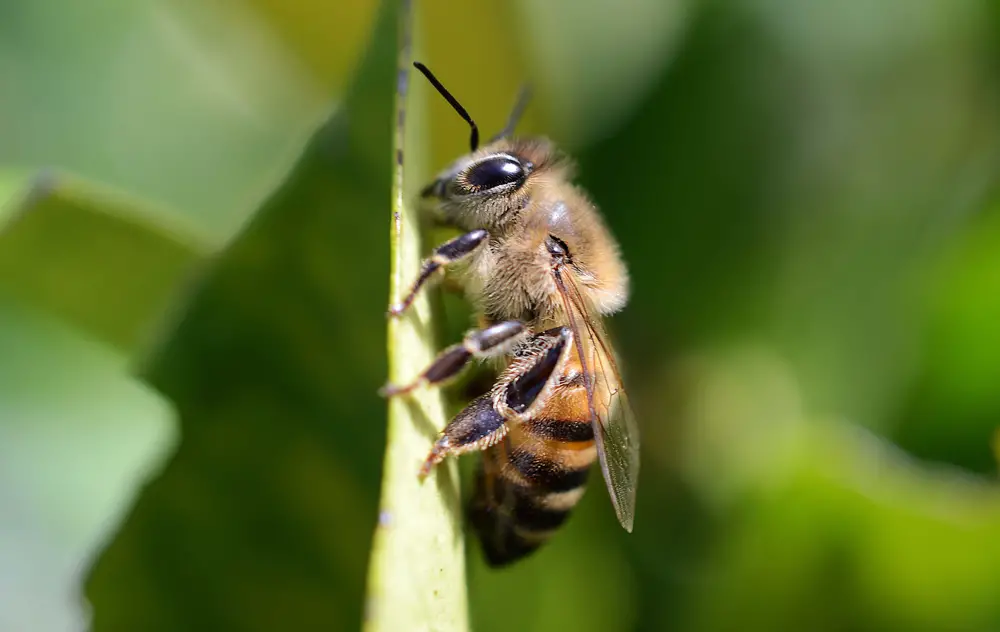
We’ve all heard the phrase “busy as a bee,” but these little insects take efficiency to a whole new level. In a study on Science Daily, researchers found that bees can solve complex mathematical problems quicker than computers. They can find the shortest possible routes between flowers—a problem known as the “Traveling Salesman Problem.” While it takes computers considerable time to calculate these routes, bees do it naturally and instinctively. Their ability to optimize travel for nectar collection is something even city planners can learn from.
Bees don’t just buzz around aimlessly; they’re strategic in their movements and play a crucial role in ecosystems as pollinators. The communal hive mentality and resource-sharing models are things humans strive to emulate in cooperative work environments. When it comes to efficiency and productivity, bees prove that sometimes the smallest creatures can teach the biggest lessons. So, next time you see a bee buzzing by, remember, they’re not just working hard—they’re working smart.
3. Engineering Ant Masters
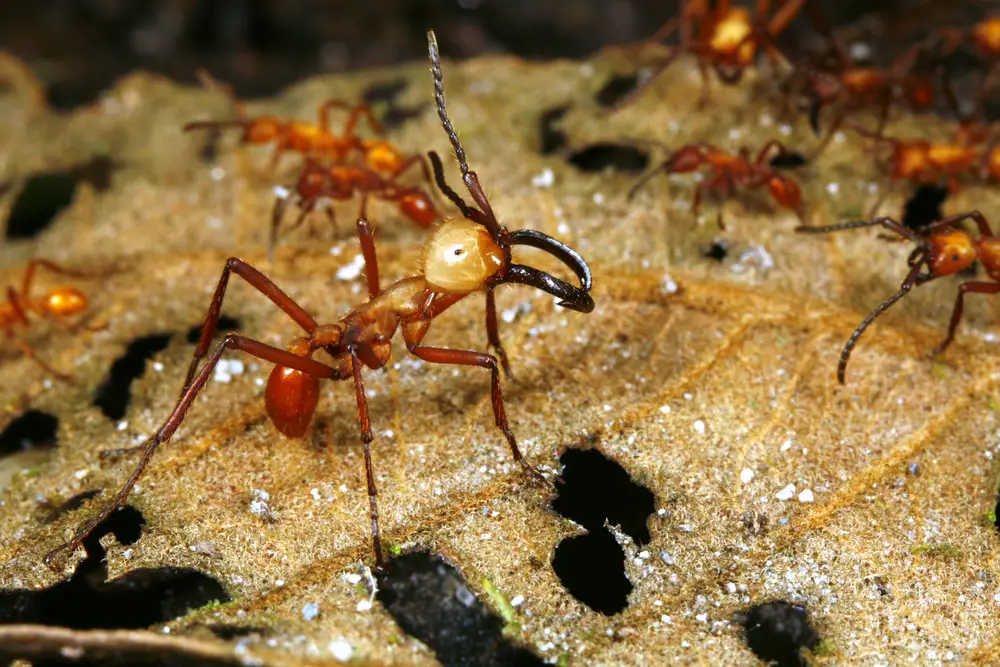
Ants might seem like tiny insects beneath our notice, but they’re actually master architects. Fire ants exhibit remarkable teamwork by forming living rafts during floods, enabling their colonies to survive by floating on water, as detailed by National Geographic. These living rafts can last for weeks, showcasing an incredible understanding of teamwork and survival. While humans build rafts from wood or metal, ants rely on their collective strength and cooperation. The ants’ resilience in the face of disaster is something we can all learn from.
Their ability to adapt and survive in harsh conditions speaks volumes about the intelligence of these small creatures. Ants prioritize the colony’s survival, ensuring that the queen and larvae are protected at all costs. Their problem-solving skills in the natural world translate into lessons of cooperation and resourcefulness that humans often strive to achieve. So, next time you encounter a marching line of ants, remember the incredible feats they accomplish as a team.
4. Elephants Remembering More Than Just Faces
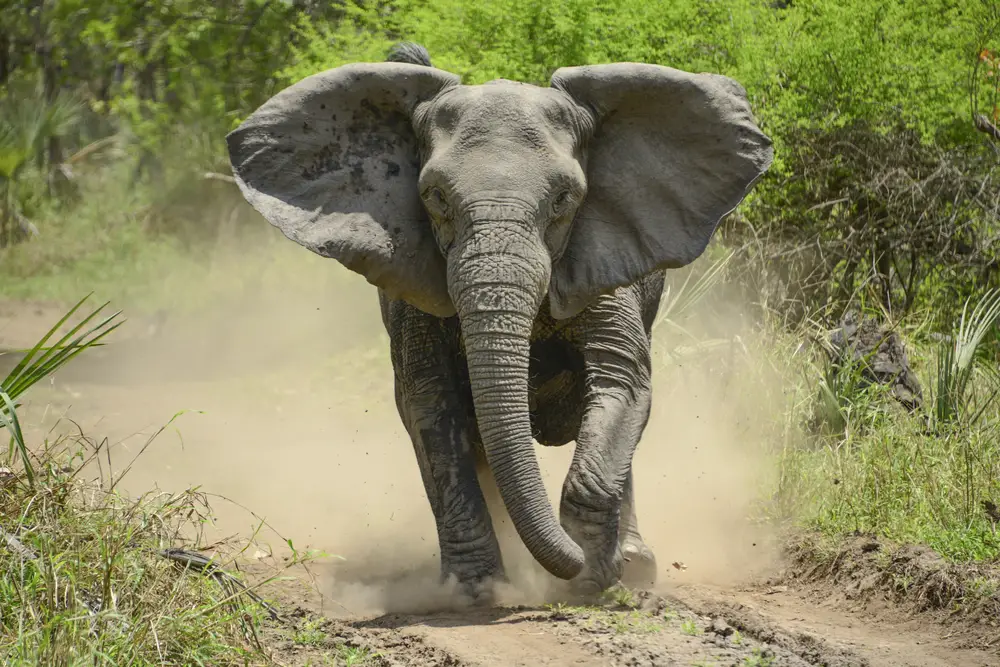
We’ve all heard that elephants never forget, but their memory skills are truly impressive. During a severe drought, a herd of elephants in Tanzania remembered a hidden water hole their ancestors had used decades earlier. This incredible feat of memory saved not only themselves but also other animals that followed them. While humans often rely on maps and GPS, elephants use their memory and migratory knowledge to navigate. Their ability to recall such important survival information showcases their intelligence and adaptability.
Elephants’ memories are not just about survival but also social connections. They remember family members and form lifelong bonds, emphasizing the importance of relationships and community. Their ability to remember complex social and physical landscapes makes elephants one of nature’s most intelligent creatures. It’s a reminder that sometimes the best guidance in life doesn’t come from technology but from our innate instincts and memories.
5. Dogs Detecting Medical Emergencies
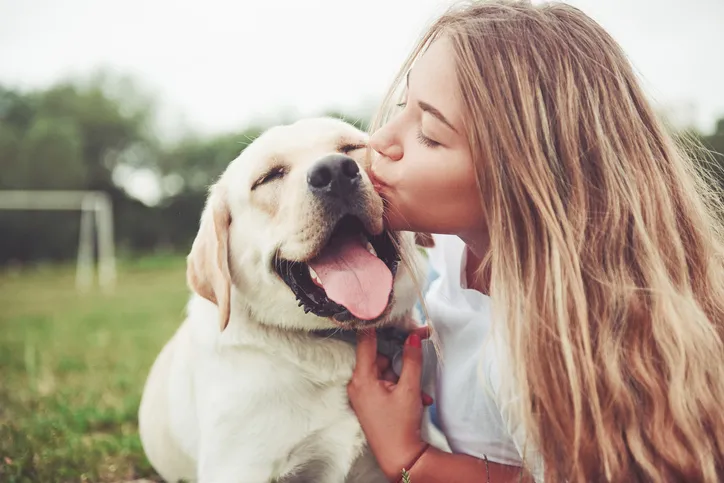
Dogs are often hailed as man’s best friend, but their ability to detect medical emergencies puts them on a whole new level. There are countless stories of dogs alerting their owners to low blood sugar levels, seizures, or even cancer. These furry companions can sense changes in their humans that even sophisticated medical equipment might miss. With their keen sense of smell and deep bond with their owners, dogs have saved countless lives. Their intuition and loyalty are unmatched, making them invaluable partners in health.
While we have advanced technology in the medical field, sometimes it’s a wagging tail that first spots trouble. Dogs have an uncanny ability to read their owners and respond to crises with astonishing accuracy. Their natural instincts and dedication to their humans show a level of empathy and understanding that’s hard to find elsewhere. In a world dominated by gadgets and gizmos, it’s heartening to know that canine companions are still some of the best life-savers around.
6. Problem-Solving Parrots
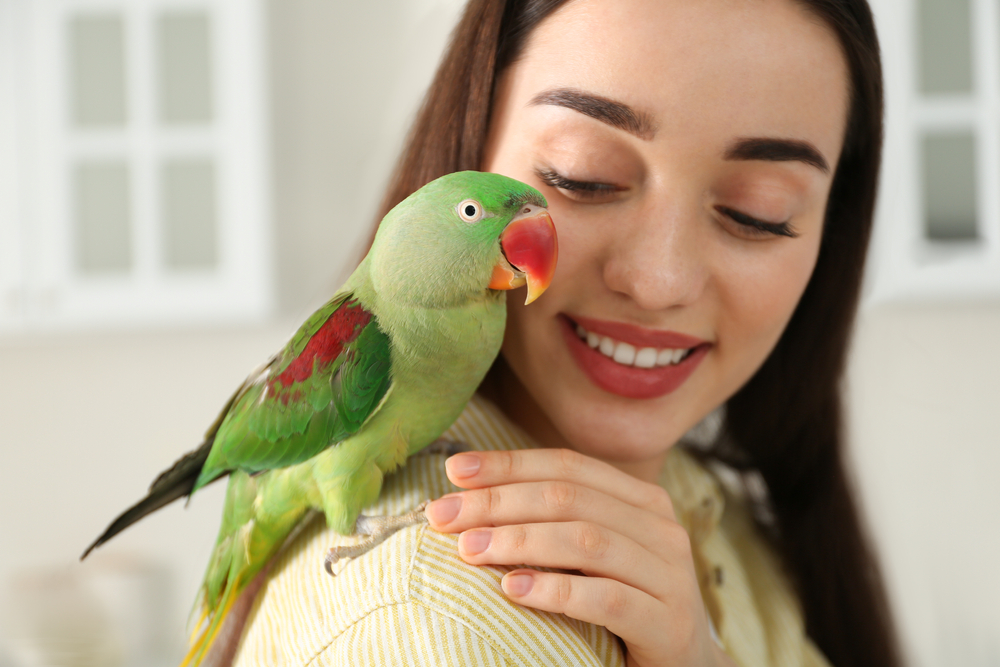
Parrots aren’t just colorful birds; they are intellectual powerhouses. Researchers have found that some parrot species can solve puzzles that leave human children stumped. By using logic and reasoning, parrots can untangle complex problems, showcasing their intelligence. Humans might use trial and error, but parrots apply a methodical approach to problem-solving. Their ability to think ahead and predict outcomes demonstrates remarkable cognitive skills.
Parrots’ cleverness doesn’t end with puzzles—they can also mimic human speech, showing an understanding of language and communication. This dual display of intellect and interaction makes parrots a fascinating subject of study in animal behavior research. While we take pride in our problem-solving abilities, parrots remind us that intelligence isn’t exclusive to humans. The next time you hear a parrot talking, remember, they’re not just mimicking—they’re thinking.
7. Cats With A Knack For Navigation
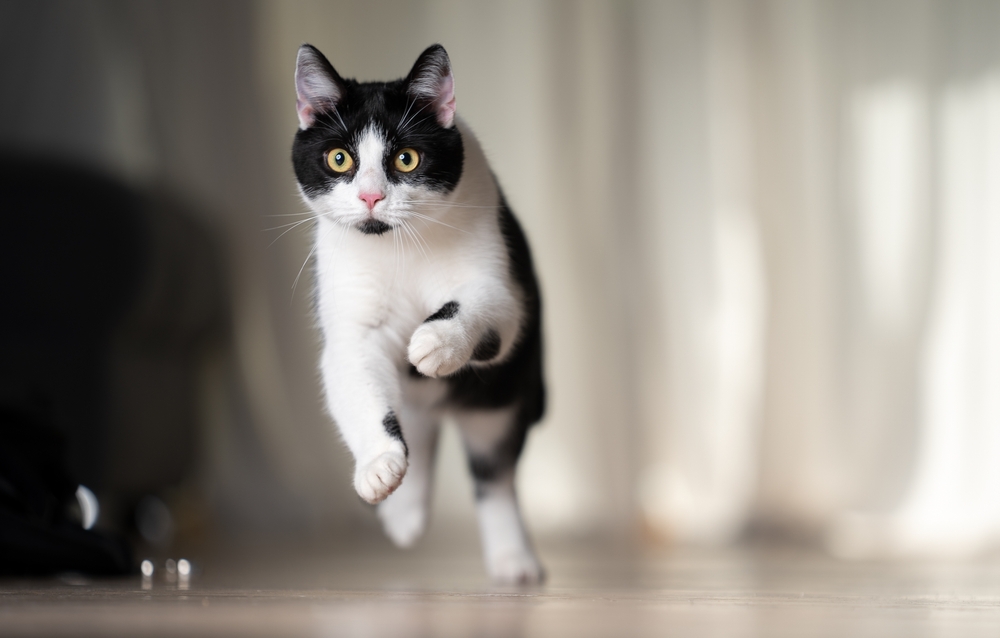
Cats often get a reputation for being aloof, but some of them have incredible navigation skills. There are stories of cats traveling hundreds of miles to reunite with their owners. Without maps or compasses, these feline adventurers find their way home using their keen senses and incredible spatial awareness. Their ability to navigate vast distances and unfamiliar territories is a testament to their intelligence. While humans rely on GPS, cats trust their instincts.
This natural ability to find their way back is not just about physical navigation but also a strong emotional bond with their humans. Cats’ homing instincts and determination to return show a dedication and loyalty often overlooked in these independent animals. While we’re busy recalibrating our GPS, cats are already on their way, charting a course through terrain and time. They might be independent, but when it matters, nothing will stop a determined cat from making its way back to its loved ones.
8. Ravens And Their Riddles
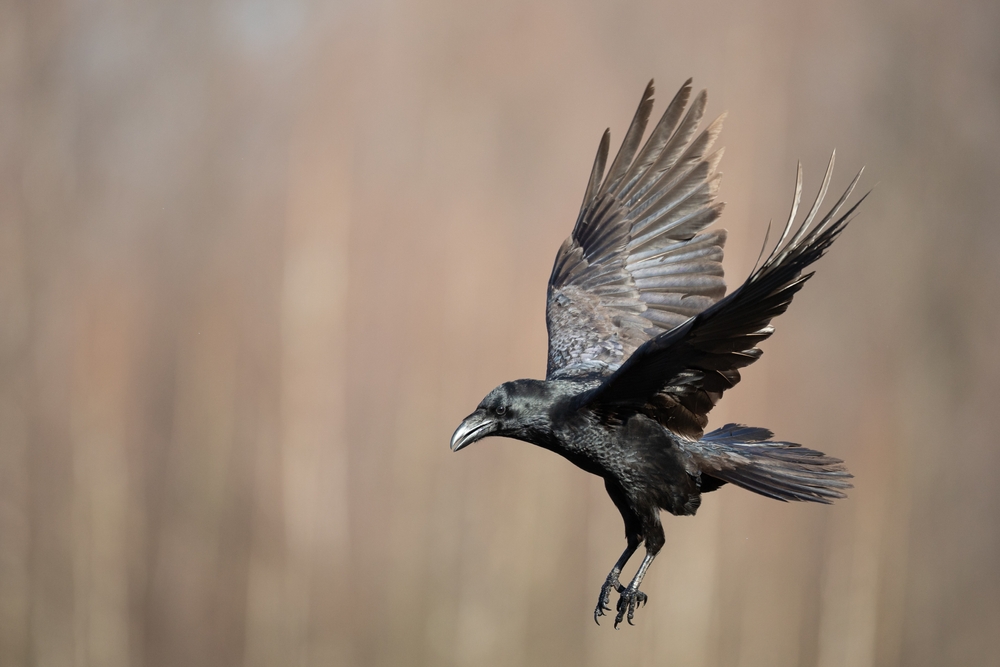
Ravens have long been associated with mystery and intelligence, and there’s good reason for it. These birds are known to solve complex problems, sometimes even quicker than young children. In experiments, ravens have demonstrated the ability to use tools, plan for future events, and even trick other animals. Their problem-solving capabilities are on par with some of the most intelligent mammals. While humans use logic and reasoning, ravens use ingenuity and cunning.
Ravens don’t just solve puzzles; they also exhibit social intelligence and communication skills. Their ability to work together, share information, and learn from each other is impressive. It’s a reminder that intelligence comes in many forms and that the animal kingdom is full of surprises. Next time you see a raven, remember, they’re not just scavenging—they’re strategizing.
9. Octopuses Outwit Their Tanks
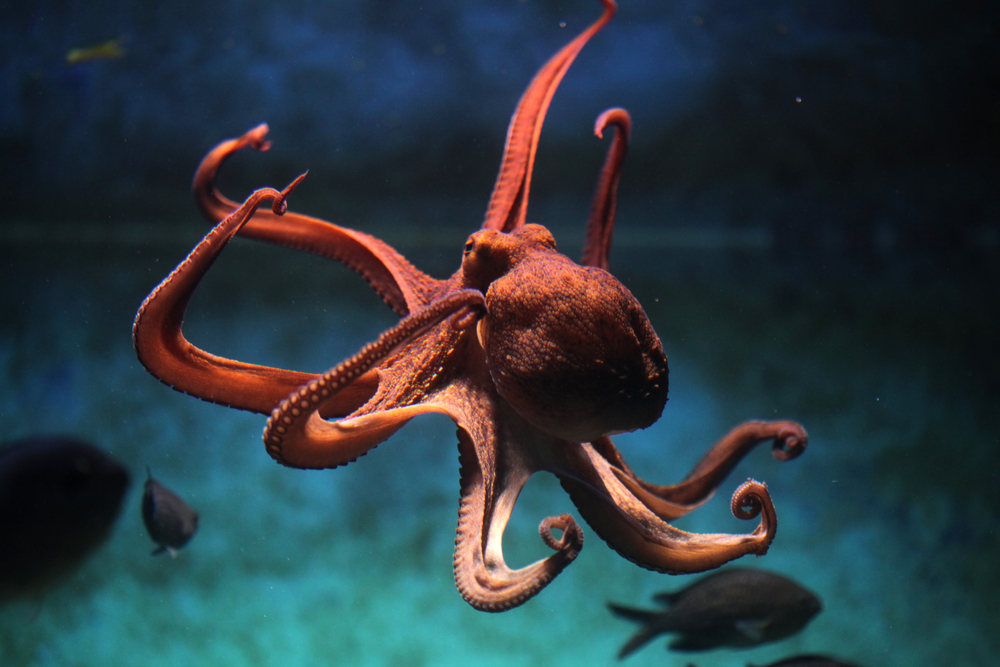
Under the sea, octopuses reign supreme when it comes to cleverness. Known for their incredible problem-solving abilities, these mollusks have been observed escaping enclosures and even mimicking other animals. In one aquarium, an octopus learned to open its tank and sneak into neighboring tanks for a midnight snack. Their ability to manipulate objects and navigate through complex environments is impressive. While humans rely on hands and tools, octopuses use their tentacles with precision and dexterity.
Their intelligence isn’t just about escape artistry; octopuses also exhibit remarkable learning and memory capabilities. They can recognize individual humans and remember past interactions, showcasing a sophisticated level of cognitive processing. In the underwater world, octopuses remind us that intelligence doesn’t require a backbone. So, the next time you dive into the ocean, keep an eye out for these clever cephalopods—they might just be planning their next big escape.
10. Pigs Showing Problem-Solving Prowess
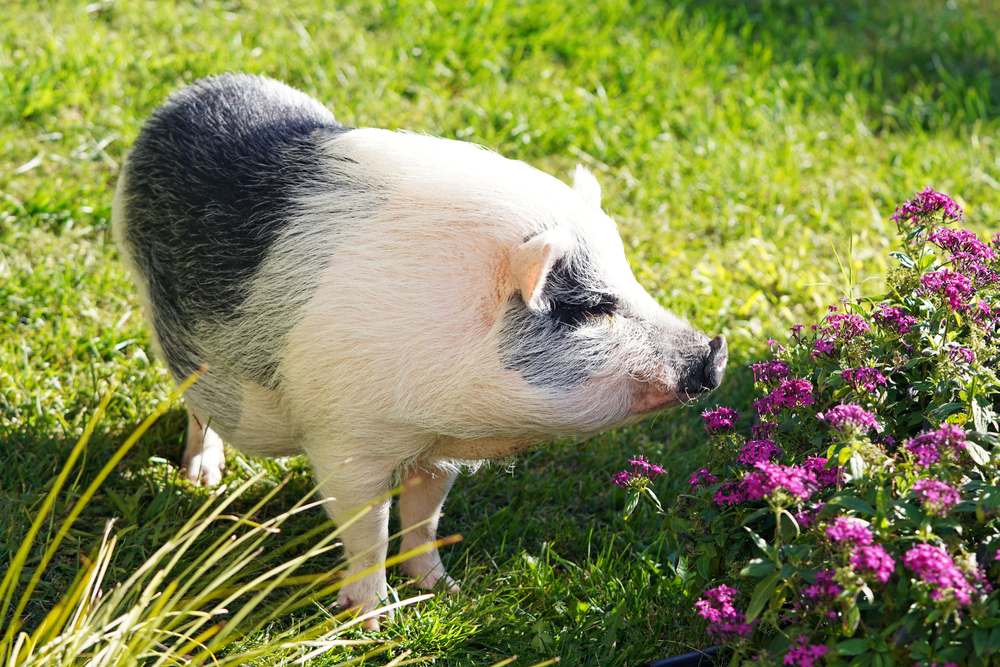
Pigs are often underestimated, but they’re incredibly intelligent animals. Studies have shown that pigs can play video games, recognize symbols, and even understand the concept of time. Their cognitive abilities rival those of dogs and chimpanzees, highlighting their problem-solving prowess. Pigs use their intelligence to navigate social hierarchies and environmental challenges. While humans often judge intelligence by appearance, pigs prove that brains come in unexpected packages.
Their ability to learn and adapt is a testament to their intelligence and curiosity. Pigs use their snouts not just for foraging but also for manipulating objects and exploring their surroundings. In agricultural settings, their intelligence can be both a challenge and an advantage. The next time you think of pigs as just farm animals, remember, they’re capable of much more than meets the eye.
11. Squirrels Saving For A Rainy Day
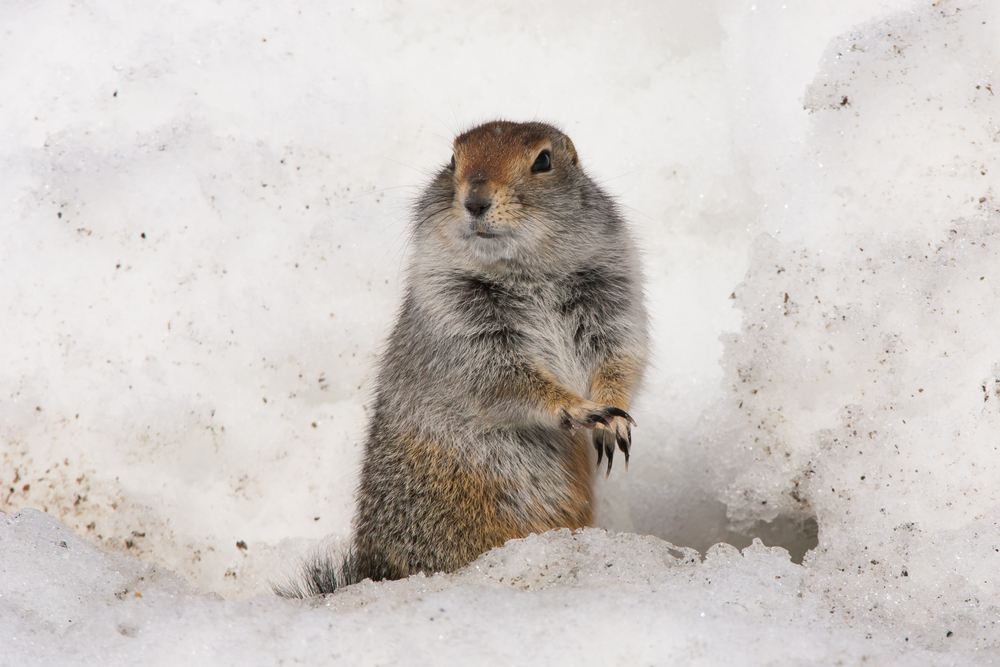
Squirrels might seem like scatterbrained foragers, but they’re masters of planning and resource management. These small mammals have an incredible ability to remember the locations of hundreds of hidden nuts and seeds. In preparation for winter, they strategically bury their food supplies to ensure they have enough to eat when resources are scarce. While humans might use spreadsheets and apps to organize, squirrels rely on their spatial memory and cognitive maps.
Their foresight and planning are impressive, showcasing their ability to think ahead and prepare for the future. Squirrels’ strategic storage and retrieval of food demonstrate problem-solving skills that rival those of much larger animals. It’s a reminder that intelligence and planning aren’t limited to humans. So, next time you see a squirrel darting around, remember, they’re not just playing—they’re planning.
12. Crows Crafting Clever Tools
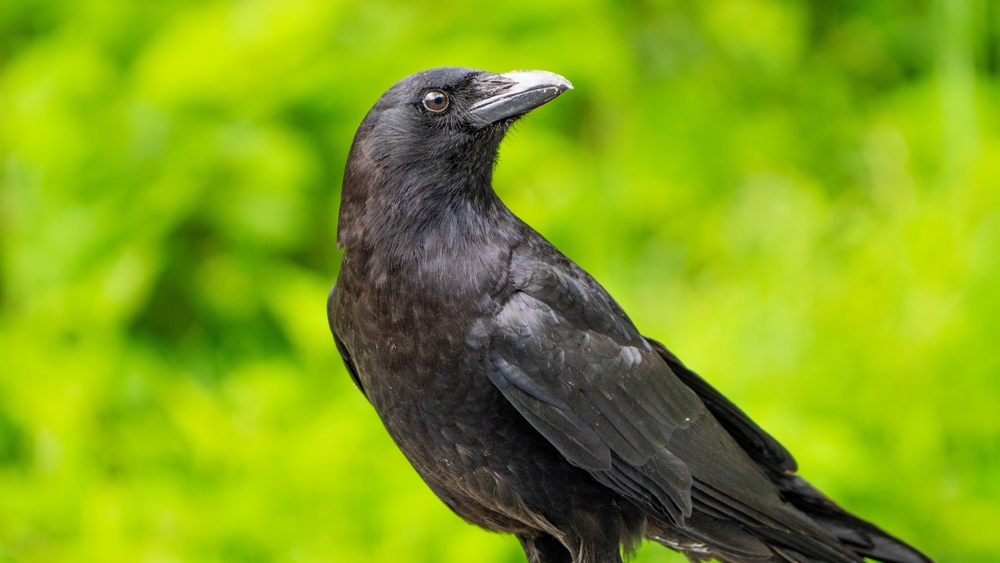
Crows are renowned for their intelligence and ability to use tools. In one study, crows crafted hooks from twigs to extract insects from tree bark. This ability to create and use tools was once thought to be uniquely human. Crows’ problem-solving skills extend beyond tool use; they can also differentiate between friendly and threatening humans. While humans pride themselves on innovation, crows show that the natural world is full of ingenious inventors.
Their creativity and adaptability are on full display as they navigate complex environments and solve challenges. Crows’ ability to work in teams and learn from each other only adds to their impressive intelligence. It’s a reminder that birds are not just creatures of instinct but also creatures of intellect. Next time you hear a crow cawing, remember, they’re not just making noise—they’re making history.
13. Rats Running Mazes Like Pros
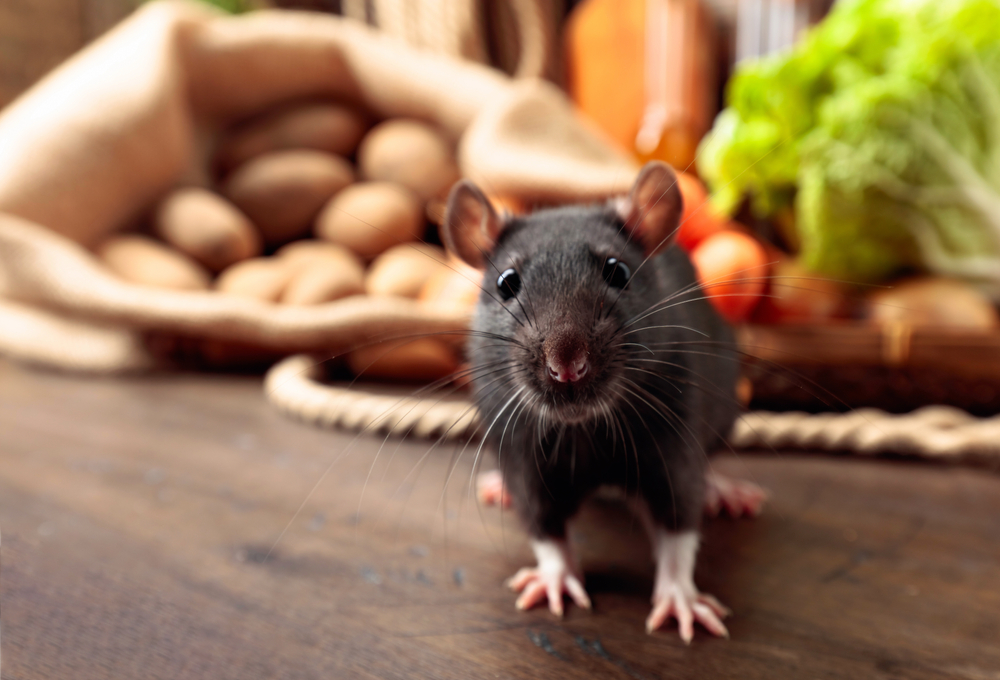
Rats might not be everyone’s favorite animal, but they certainly deserve respect for their intelligence. These small rodents are champions of maze navigation, often outsmarting complex puzzles designed to test cognitive abilities. In experiments, rats have shown an impressive ability to learn and remember routes with incredible accuracy. While humans use maps and compasses, rats rely on their keen sense of direction and spatial memory.
Their problem-solving skills extend to social intelligence, as they demonstrate empathy and cooperation within their colonies. Rats’ ability to adapt and thrive in diverse environments speaks to their resourcefulness and ingenuity. It’s a reminder that intelligence isn’t always about size or appearance. So, the next time you encounter a rat, remember, they’re not just scurrying—they’re strategizing.
14. Wolves Working Together
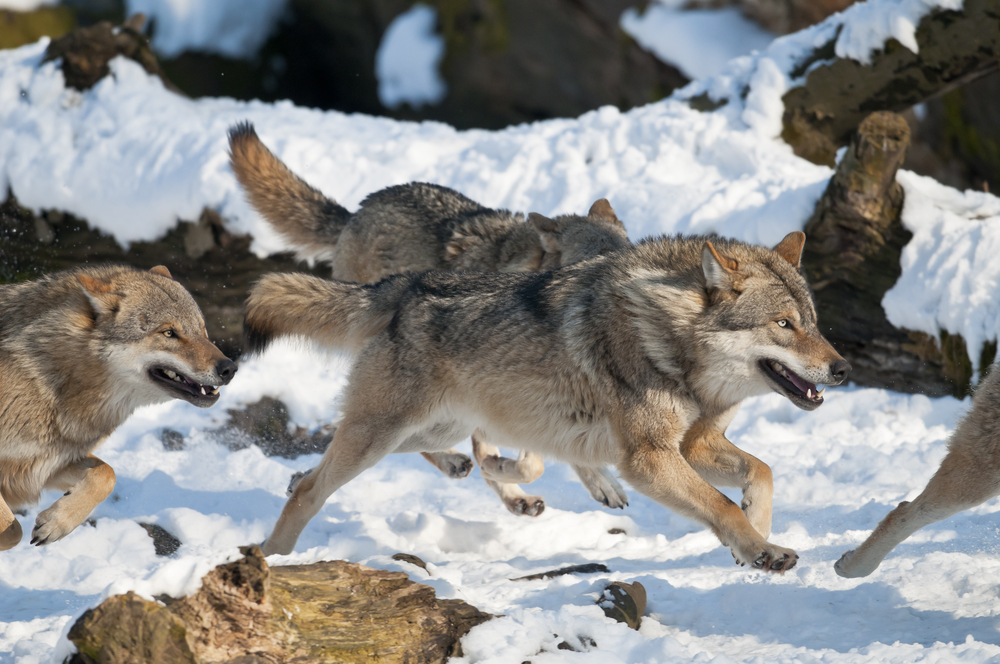
Wolves are more than just fierce predators; they’re also skilled collaborators. In the wild, wolves use coordinated tactics and strategic thinking to hunt and navigate their territories. Their ability to communicate and work together as a pack showcases their intelligence and social dynamics. While humans rely on technology and tools, wolves rely on teamwork and instinct. Their ability to adapt to changing environments and challenges is remarkable.
Wolves’ strong social bonds and hierarchical structures demonstrate their understanding of leadership and cooperation. They teach us the importance of unity and collaboration in overcoming obstacles. It’s a reminder that the natural world is full of lessons in teamwork and intelligence. Next time you hear a wolf howl, remember, they’re not just calling—they’re coordinating.
